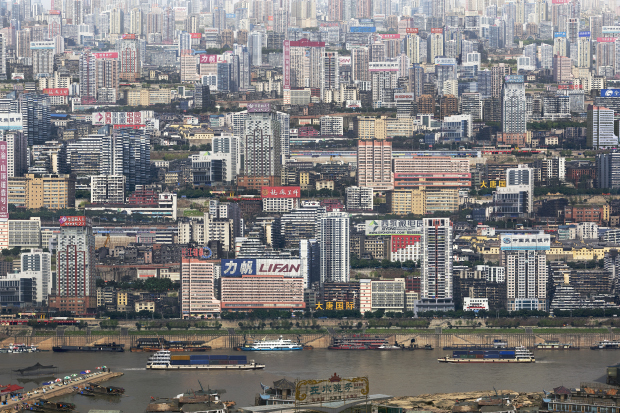
Marcus Lyon’s photos from the future
The British image maker explains how his landscapes capture our globalised world at its most extreme
“When I was born, in 1965, there were a billion people living in the urban environment,” says the British photographer Marcus Lyon. “Now there are closer to four billion, and by the time we get to 2030, there will be five billion. That's one of the great migrations of our time.”
Lyon worked as a reportage photographer for the likes of Amnesty International in the developing world throughout the 1990s and early 2000s, shooting images in the slums and ghettos of the rapidly growing cities of Latin America, Asia and Africa.
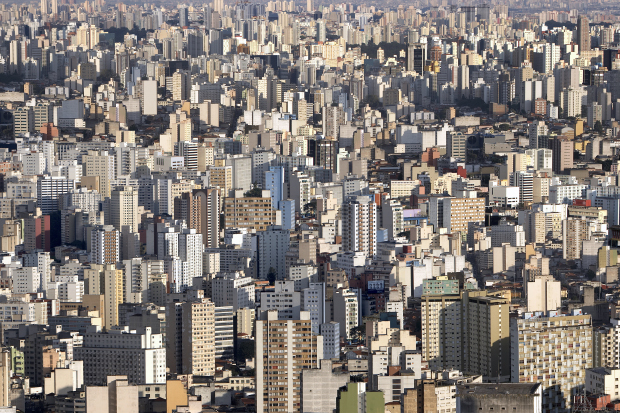
When, in 2008, the UN estimated that, for the first time, more than half of the world's population was now living in urban areas, Lyon felt the urge to document this change. Yet he knew that no one image could accurately represent this reality. Instead, over recent years he has been creating a series of finely manipulated photomontages that capture our urban, mechanised, out-of-kilter world.
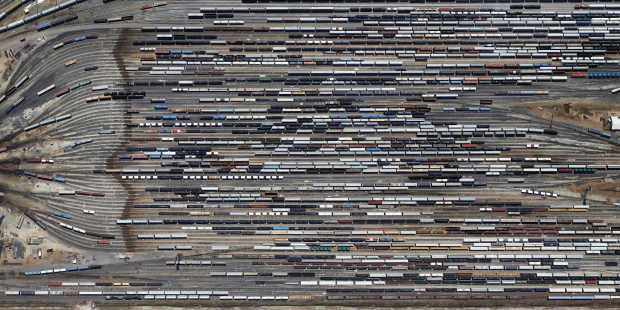
His BRICs artworks, created 2008-10, conjure up the dizzying megacities of Brazil, Russia, India and China; his Exodus images, made 2009 – 2014, exaggerate the shipping traffic, flight paths, road systems and freight yards that serve this urban expansion; while his newest works, Timeout, currently on show in the 1st floor of the West Wing of London's Somerset House until 1 June, considers our mass pursuits – from gargantuan golf-course complexes to endless yacht marinas – of the globe’s new leisure class.
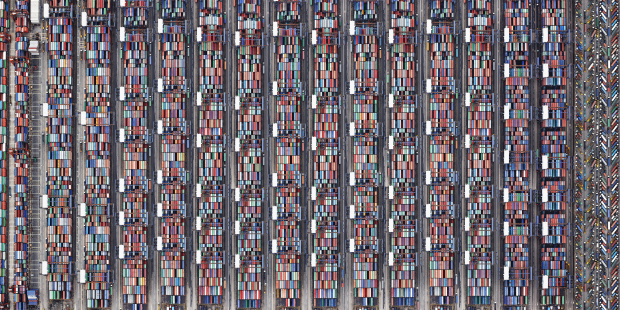
Stylistically, the pictures might bring to mind the Düsseldorf School of photography, yet Lyon, while deeply flattered by the comparison, tries to draw from more diverse influences. His images, although manipulated, often reference genuine current-affairs, such as the tin-shack communities built on the Cape Flats outside Cape Town, sometimes described as apartheid’s dumping ground; or the West Lamma Channel in the South China Sea, one of the world’s most congested shipping lanes.
“I research the images in depth, by reading a lot of books, and articles in The Economist,” says the photographer. “To be honest, I’d say [Nobel Prize winning plant geneticist] Norman Borlaug is more of an influence than Andreas Gursky.”
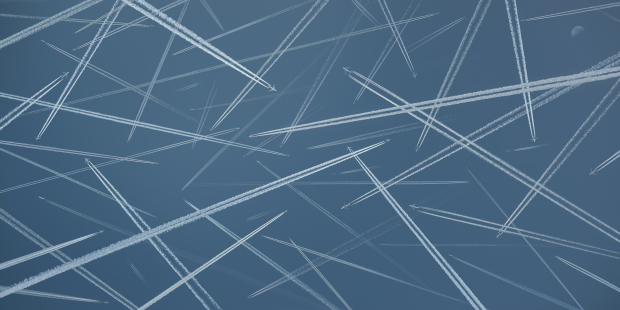
Lyon, who was nominated for the Prix Pictet in 2013 and 2014, and is short-listed for the 2015 Aesthetica Art Prize, says he drafts his ideas on paper, before shooting the constituent images, often from high vantage point or chartered helicopters with the doors removed: “Then over periods of up to three months my team and I create wire frames to then meticulously build the images,” he explains.
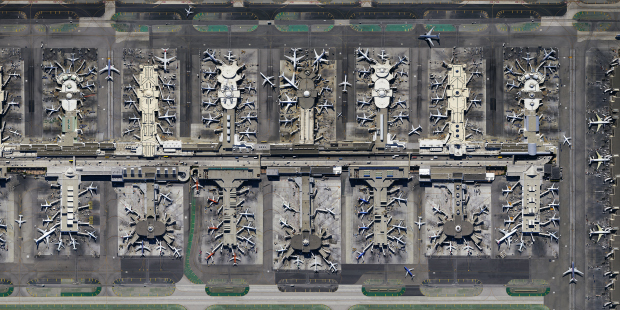
He hopes these tweaked versions of our interconnected world will inspire dynamic conversations about our role in globalisation, yet audience reaction varies enormously. “Some people see the aesthetic and a sense of progress and opportunity,” he says, “others see a nightmare image of our future, and others don't question it at all and see a reality.” And, perhaps, in a few years’ time, they will be.
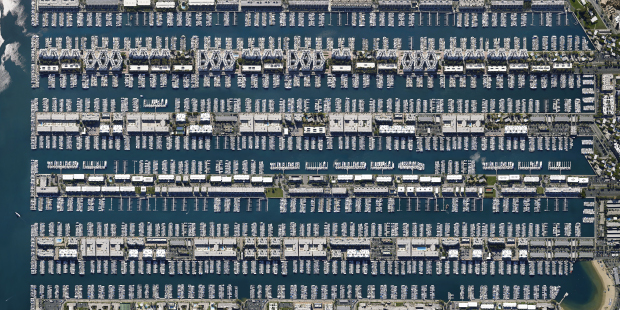
Find out more about Marcus here; you can also view his Timeout series at weekdays at 101, 1st floor West Wing, Somerset House in London until June 1. For greater insight into how his practice fits in with other fine-art photographers, take a look at Photography Today, and for more on the future of our cities, consider Living In The Endless City.